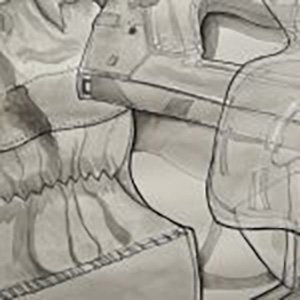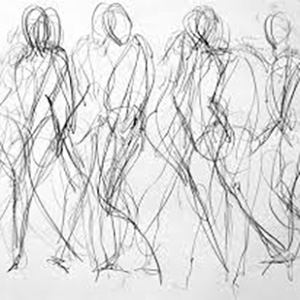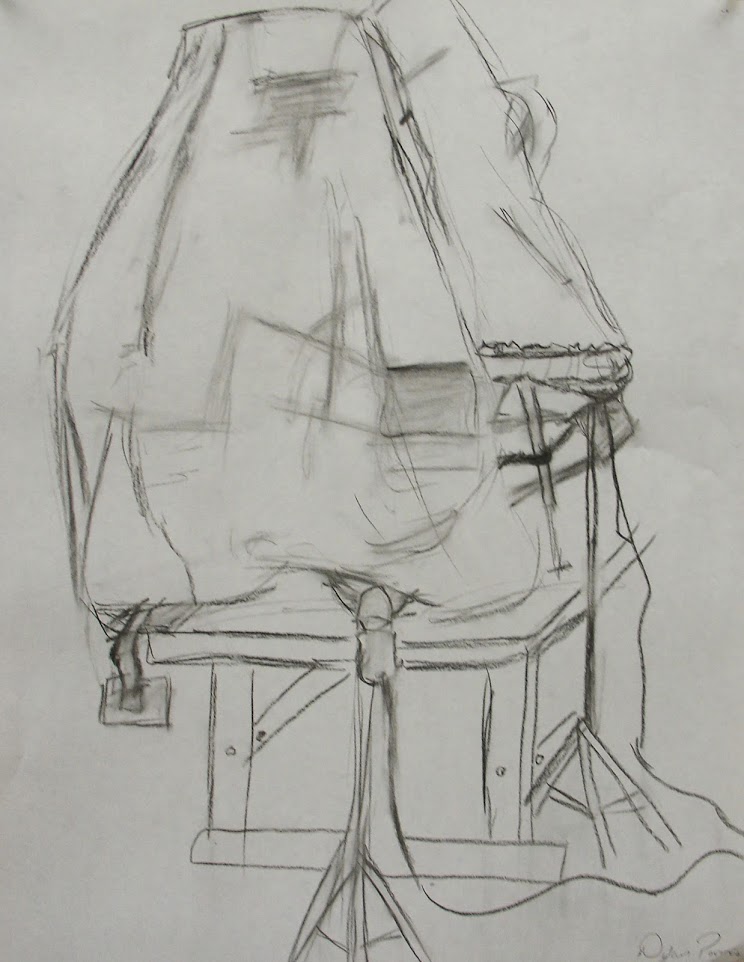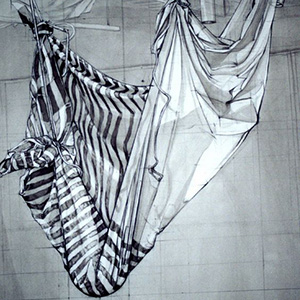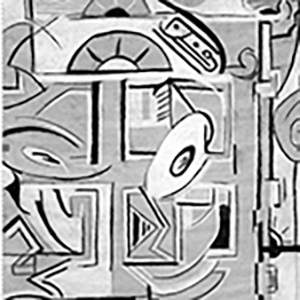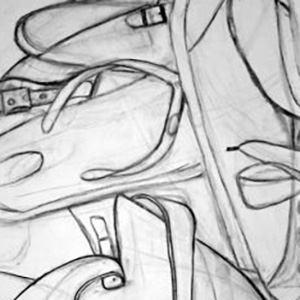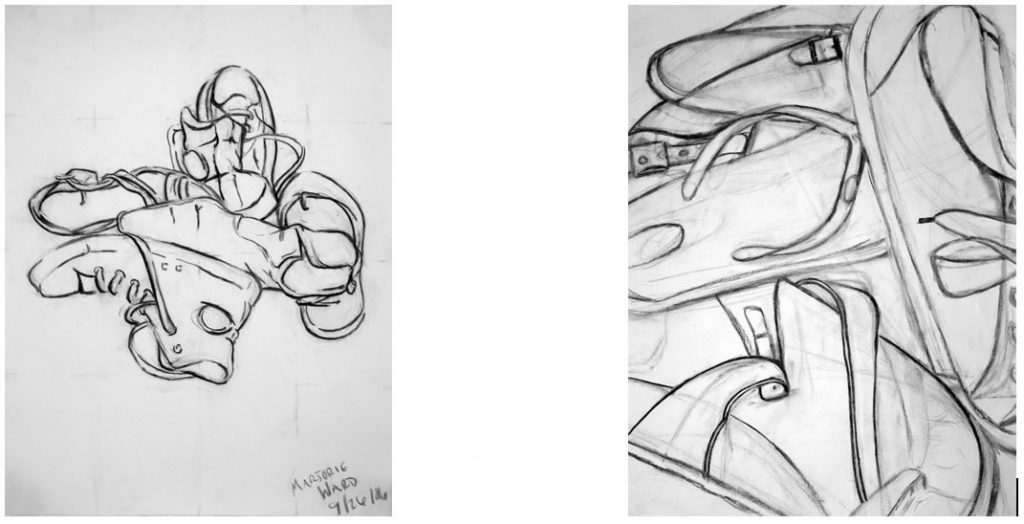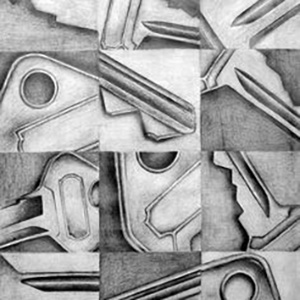Learning Objectives
Project Description
Create a drawing of hallway or interior space that
- Is accurately measured (proportion and scale),
- Utilizes correct linear perspective (vanishing point(s))
- Establishes a deep sense of space (foreground, middle ground & background)
- Includes descriptive details and characteristics of the space (doorways, windows, furniture, etc…)
Project Considerations
- Remember that the tops and bottom lines on any architectural details along the receding walls will recede back toward the vanishing point. (doors, baseboards, windows, recessed hallways, signs, etc)
- To prevent smudging while you work, keep clean sheet of paper under your hand while you are drawing, especially while you are using the softer pencils.
Materials
18”x24” drawing paper, graphite pencils (HB-2B), erasers, rulers, drawing boards, sighting sticks
Directions
- Find a suitable space to work. A hallway or large room where you have enough distance to measure from floor to ceiling with your sighting stick will work well. Be sure to sit on a chair so that your eye level is not too low to the floor.
- Use a sharpened H or HB pencil to lightly begin your drawing. Follow the measuring directions on the next few pages to set up your space, starting with identifying and measuring the basic proportions of the room/hallway and then identifying the vanishing point from your fixed position. Feel free to walk across the room/hallway and mark the vanishing point on the wall with some tape!
- Once your drawing is accurately mapped out begin adding in description and details that define the interior space. (Doorways, large furniture, windows, etc…) These details will help establish the foreground, middle ground and background.
- Add expression to your drawing with varying line weight to emphasize overlapping forms and the illusion of distance. (Lighter line weight with forms farther away)
Setting up your drawing…

Step 1: Locate and measure the front of the space. Use this frame as a unit of measure.

Step 2: Locate your fixed position (eye level & vanishing point)

Step 3: Locate vertical lines of the far end of the hallway walls

Step 4: Locate the top & bottom corners of the front and back end of the hallway walls.

Steps 5+: Add hallway details and value.

